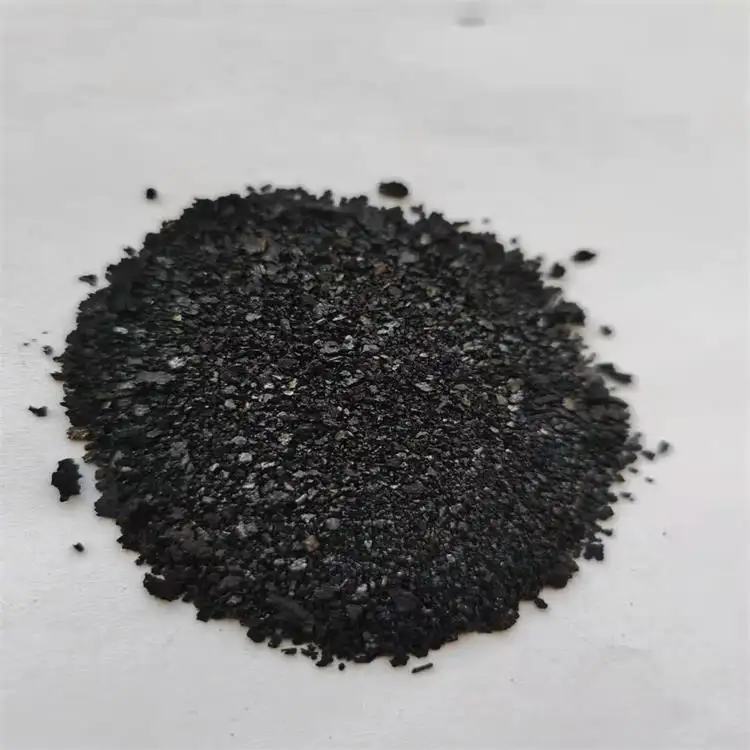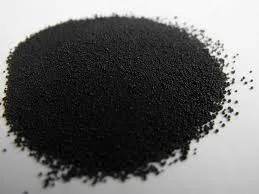Indigo Blue Vat Blue


For those interested in sustainable fashion or interior design, the China Rit Indigo Dye method offers an environmentally friendly option that does not compromise on style or quality. The natural indigo dye process ensures that each piece is unique, with slight variations in shade and pattern, contributing to its exclusivity and appeal. Fashion industries worldwide are increasingly collaborating with Chinese artisans to incorporate these eco-friendly, artisanal techniques into mainstream design, offering consumers products that are both stylish and sustainable. Furthermore, the global appreciation for these products is growing, as consumers seek meaningful products that tell a story. Indigo dyeing not only supports cultural preservation but also empowers rural communities, providing economic opportunities through craft-based economies. Visitors to regions renowned for indigo dyeing often participate in workshops, experiencing firsthand the art and dedication involved in this traditional craft, further promoting cultural exchange and understanding. In conclusion, the technique of China Rit Indigo Dye, grounded in historical expertise and cultural depth, offers an eco-conscious alternative that appeals to modern demands for sustainability. This ancient craft, sustained through generations, equips it with a unique authority in the world of natural dyes. Its relevance today is more pronounced as we collectively pursue environmentally responsible practices. As indigo dyeing continues to enchant with its depth and vibrancy, those familiar with its process can attest to its unparalleled blend of tradition, art, and environmental ethics.
-
The Timeless Art of Denim Indigo Dye
NewsJul.01,2025
-
The Rise of Sulfur Dyed Denim
NewsJul.01,2025
-
The Rich Revival of the Best Indigo Dye
NewsJul.01,2025
-
The Enduring Strength of Sulphur Black
NewsJul.01,2025
-
The Ancient Art of Chinese Indigo Dye
NewsJul.01,2025
-
Industry Power of Indigo
NewsJul.01,2025
-
Black Sulfur is Leading the Next Wave
NewsJul.01,2025

Sulphur Black
1.Name: sulphur black; Sulfur Black; Sulphur Black 1;
2.Structure formula:
3.Molecule formula: C6H4N2O5
4.CAS No.: 1326-82-5
5.HS code: 32041911
6.Product specification:Appearance:black phosphorus flakes; black liquid

Bromo Indigo; Vat Bromo-Indigo; C.I.Vat Blue 5
1.Name: Bromo indigo; Vat bromo-indigo; C.I.Vat blue 5;
2.Structure formula:
3.Molecule formula: C16H6Br4N2O2
4.CAS No.: 2475-31-2
5.HS code: 3204151000 6.Major usage and instruction: Be mainly used to dye cotton fabrics.

Indigo Blue Vat Blue
1.Name: indigo blue,vat blue 1,
2.Structure formula:
3.Molecule formula: C16H10N2O2
4.. CAS No.: 482-89-3
5.Molecule weight: 262.62
6.HS code: 3204151000
7.Major usage and instruction: Be mainly used to dye cotton fabrics.

